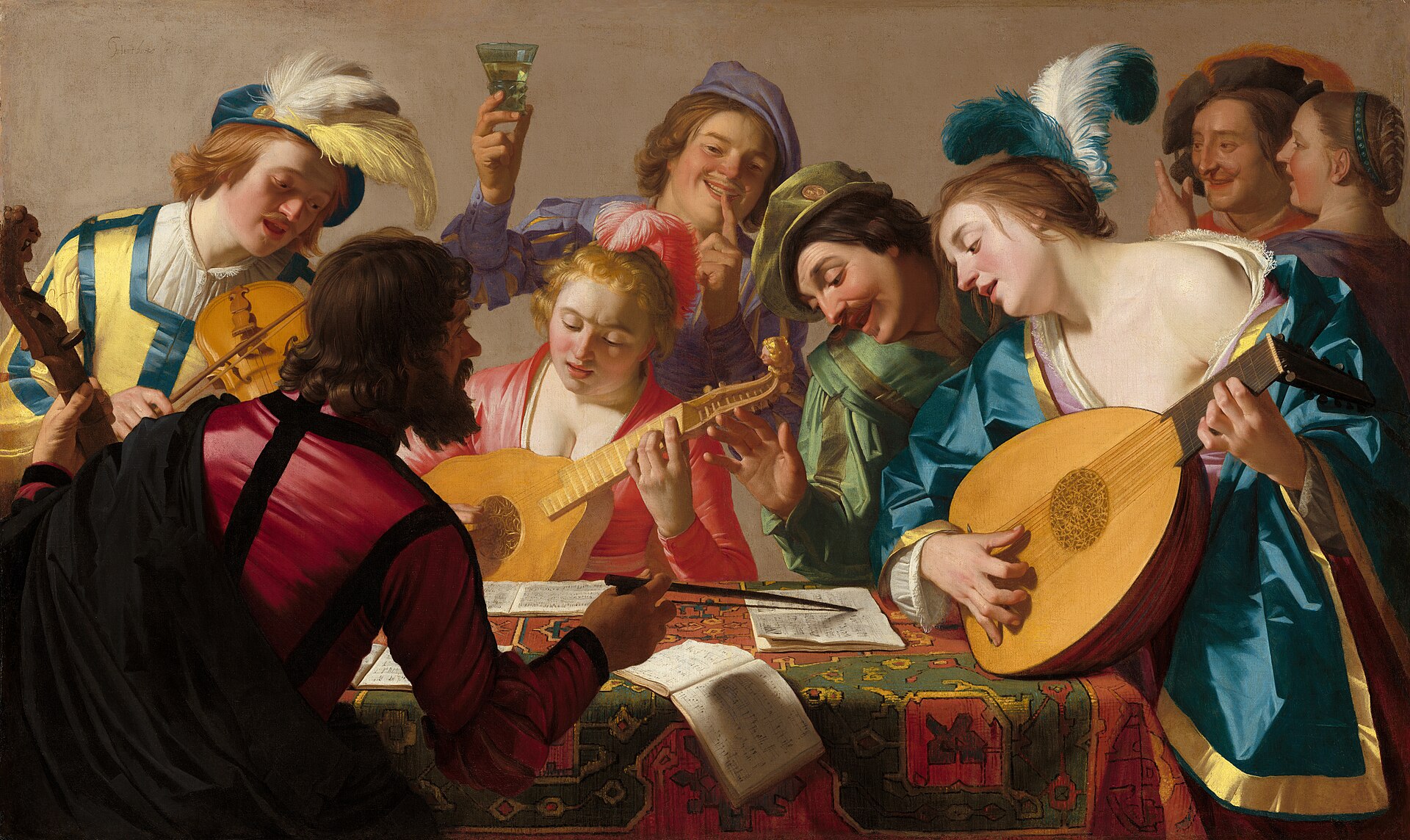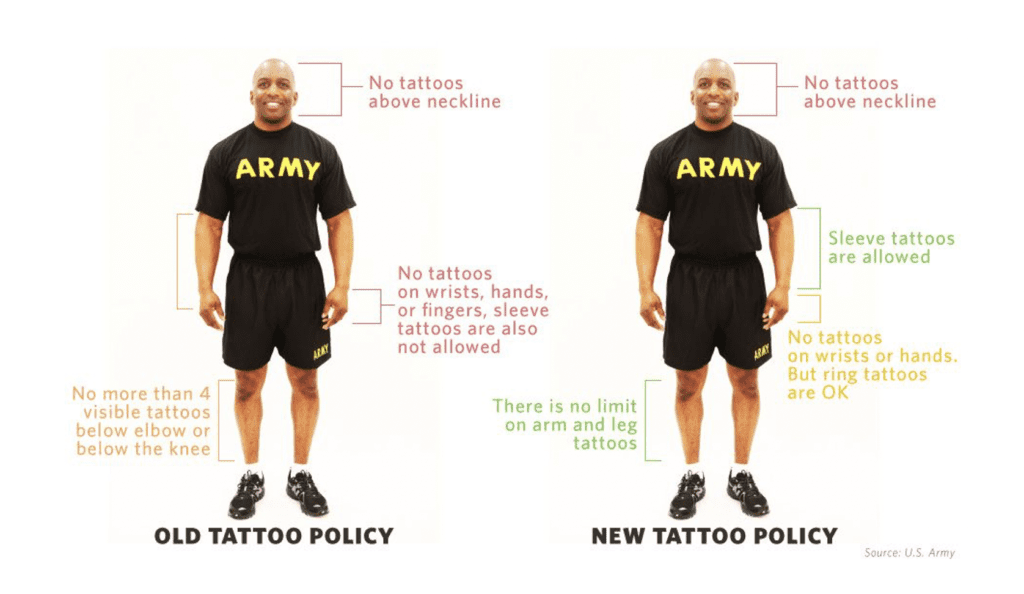Instruments of Renaissance Music: A Historical Overview

The Renaissance period, spanning from the 14th to the 17th century, was a time of profound cultural and artistic rebirth. Among its many contributions, Renaissance music stands out for its innovation and diversity. This era saw the development of new musical instruments, compositional techniques, and styles that continue to influence music today. From the lute to the viol, these instruments played a pivotal role in shaping the sound of the Renaissance. Understanding their history and significance offers a deeper appreciation of this rich musical heritage.
The Evolution of Renaissance Instruments

The Renaissance marked a transition from medieval to modern music, with instruments becoming more refined and versatile. String instruments, wind instruments, and keyboards dominated the scene, each contributing unique timbres and capabilities. This evolution was driven by advancements in craftsmanship and a growing demand for expressive music.
String Instruments: The Heart of Renaissance Music
String instruments were central to Renaissance ensembles. The lute, with its pear-shaped body and intricate fretboard, became a symbol of the era. It was prized for its ability to accompany singers and play complex polyphonic pieces. Similarly, the viol family, including the treble, tenor, and bass viols, offered a deeper, more resonant sound, making them ideal for chamber music.
📌 Note: The lute's popularity declined in the Baroque period but has seen a revival in modern early music performances.
Wind Instruments: Adding Color and Texture
Wind instruments brought vibrancy to Renaissance music. The recorder, a simple yet versatile flute, was widely used in both secular and sacred settings. The shawm, a louder and more powerful reed instrument, was often employed in outdoor performances and festive occasions. These instruments added dynamic contrast and emotional depth to compositions.
Keyboards: The Rise of the Harpsichord and Organ
Keyboard instruments like the harpsichord and organ played a crucial role in Renaissance music. The harpsichord, with its plucking mechanism, provided a bright, articulate sound, while the organ’s majestic tones were essential for church music. These instruments laid the foundation for later developments in keyboard technology.
Notable Composers and Their Instruments

Renaissance composers often wrote music specifically tailored to the instruments of their time. Josquin Des Prez, for example, composed intricate vocal pieces that were occasionally accompanied by lutes or viols. John Dowland, a master lutenist, created works that showcased the instrument’s expressive potential. These composers helped cement the place of Renaissance instruments in musical history.
Where to Experience Renaissance Music Today

If you’re interested in hearing Renaissance instruments in action, consider attending early music festivals or concerts specializing in historical performance practices. Many modern ensembles use replicas of period instruments to recreate the authentic sound of the Renaissance. Additionally, museums and collections often display original instruments, offering a glimpse into their craftsmanship.
| Instrument | Type | Key Features |
|---|---|---|
| Lute | String | Pear-shaped body, intricate fretboard |
| Recorder | Wind | Simple design, versatile range |
| Harpsichord | Keyboard | Plucking mechanism, bright sound |

Final Thoughts

The instruments of the Renaissance were not just tools for making music; they were reflections of the era’s artistic and technological advancements. From the intimate melodies of the lute to the grandeur of the organ, these instruments continue to inspire musicians and audiences alike. Exploring their history enriches our understanding of Renaissance music and its enduring legacy.
What is the most iconic Renaissance instrument?
+
The lute is often considered the most iconic Renaissance instrument due to its widespread use and association with the era’s cultural elite.
How did Renaissance instruments differ from medieval ones?
+
Renaissance instruments were more refined, with improved tuning and greater expressive capabilities compared to their medieval counterparts.
Can I learn to play a Renaissance instrument today?
+
Yes, many modern musicians specialize in playing replicas of Renaissance instruments, and lessons are available for instruments like the lute, recorder, and viol.



